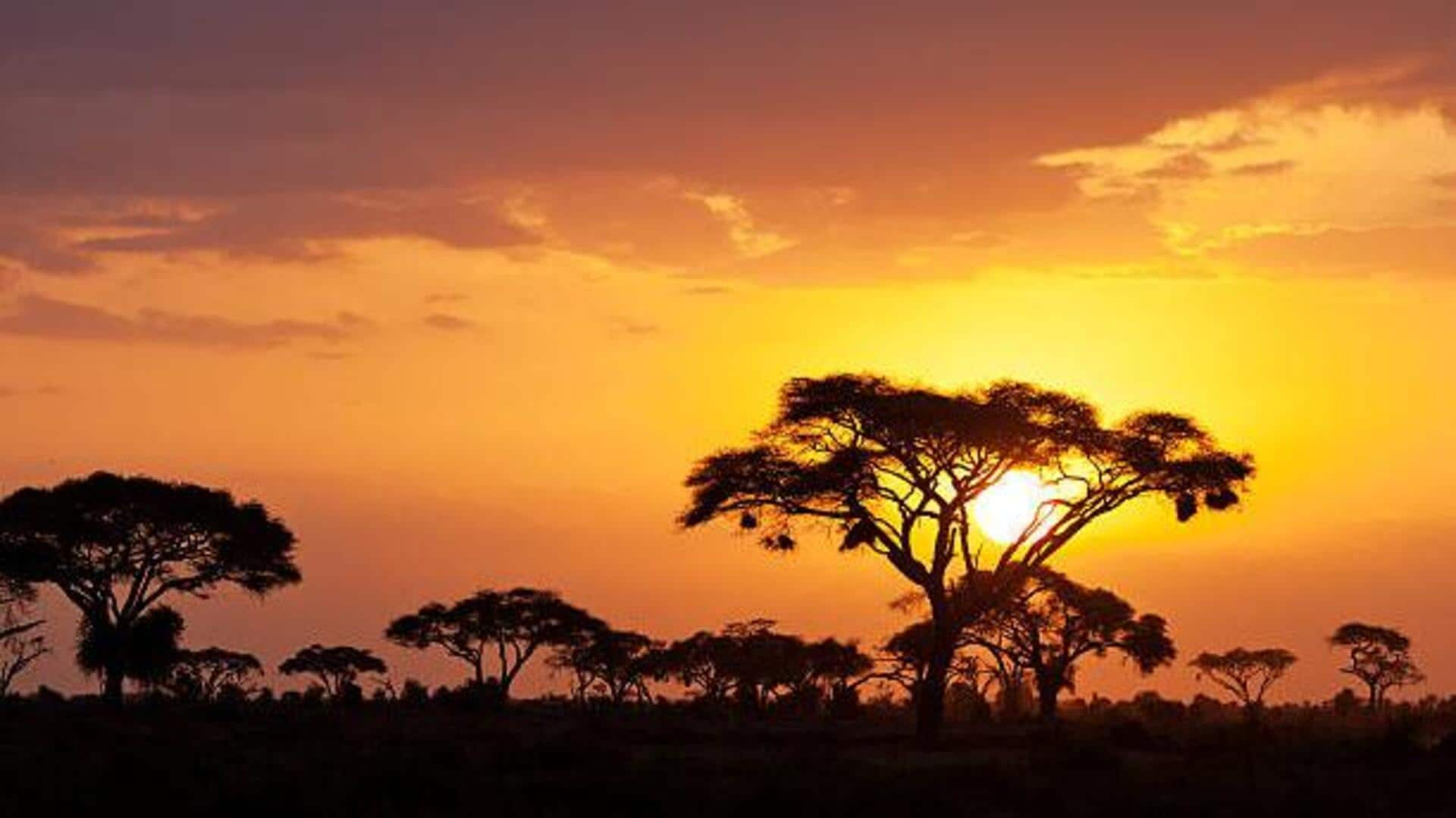
Wildlife photography 101: How to capture savanna terrains
What's the story
Exploring Africa's savanna terrains is an experience like no other, especially for wildlife photography enthusiasts. The sprawling landscapes, diverse wildlife, and natural lighting conditions can be both tricky and rewarding. To capture the soul of these environments, one needs to know the behavior of animals, master camera settings, and prepare for the unexpected. Here are some practical tips to get you started.
Animal insights
Understanding animal behavior
To get some stunning wildlife shots, you must know animal behavior. Observing them from a distance helps you predict their movements, interactions. Patience is the key; waiting quietly can get you mind-blowing shots of a lioness with her cubs or elephants at a watering hole. Get the habits of different species right to predict their actions and position yourself accordingly.
Technical skills
Mastering camera settings
Adjusting your camera settings is important to capture high-quality images in changing light conditions of the savanna. Use a fast shutter speed to freeze motion when photographing animals in action. A wide aperture helps create depth by blurring backgrounds, while keeping subjects sharp. Experiment with ISO settings based on available light; higher ISO can be useful during early morning or late afternoon shoots.
Lighting techniques
Utilizing natural light
Natural light is everything when it comes to wildlife photography on the savanna. Early morning and late afternoon give you soft lighting that brings out colors without creating harsh shadows. Keep the sun behind you for well-lit subjects, or play around with backlighting for dramatic silhouettes during sunrise or sunset. Keep an eye on changing weather conditions that could affect lighting through the day.
Field readiness
Preparing for unpredictable situations
The unpredictability of wildlife also means you need to be prepared at all times. Always carry extra batteries and memory cards, as opportunities may arise unexpectedly. Dress appropriately for long hours outdoors; lightweight clothing, hats, and sunscreen are essentials under the intense sun exposure common in savannas. Keep equipment protected from dust with covers or bags designed specifically for outdoor use.
Ethical practices
Respecting wildlife habitats
Respecting wildlife habitats is paramount when photographing animals in their natural environment on African savannas. Maintain safe distances from animals so as not to disturb them unnecessarily. Avoid feeding, touching, or interfering with any creatures encountered during your shoot. Follow guidelines set by local authorities regarding permissible areas and access restrictions to ensure minimal impact on ecosystem conservation efforts.